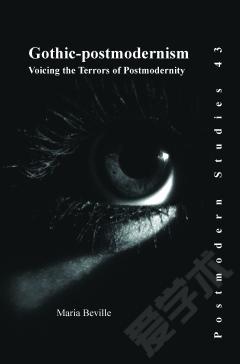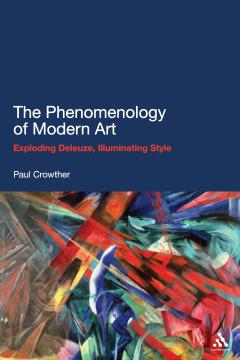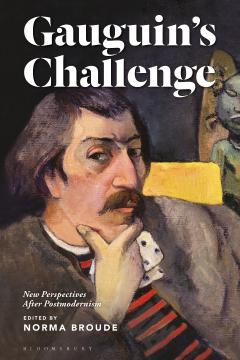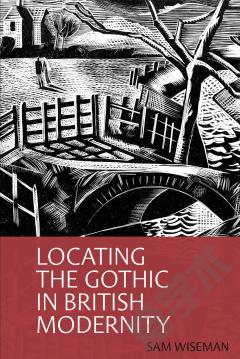Gothic-postmodernism —— Voicing the Terrors of Postmodernity
----- 哥特式-后现代主义:表达后现代性的恐惧
Being the first to outline the literary genre, Gothic-postmodernism, this book articulates the psychological and philosophical implications of terror in postmodernist literature, analogous to the terror of the Gothic novel, uncovering the significance of postmodern recurrences of the Gothic, and identifying new historical and philosophical aspects of the genre.While many critics propose that the Gothic has been exhausted, and that its significance is depleted by consumer society’s obsession with instantaneous horror, analyses of a number of terror-based postmodernist novels here suggest that the Gothic is still very much animated in Gothic-postmodernism. These analyses observe the spectral characters, doppelgangers, hellish waste lands and the demonised or possessed that inhabit texts such as Paul Auster’s City of Glass, Salman Rushdie’s The Satanic Verses and Bret Easton Ellis’s Lunar Park.However, it is the deeper issue of the lingering emotion of terror as it relates to loss of reality and self, and to death, that is central to the study; a notion of ‘terror’ formulated from the theories of continental philosophers and contemporary cultural theorists. With a firm emphasis on the sublime and the unrepresentable as fundamental to this experience of terror; vital to the Gothic genre; and central to the postmodern experience, this study offers an insightful and concise definition of Gothic-postmodernism. It firmly argues that ‘terror’ (with all that it involves) remains a connecting and potent link between the Gothic and postmodernism: two modes of literature that together offer a unique voicing of the unspeakable terrors of postmodernity.
{{comment.content}}








 京公网安备 11010802027623号
京公网安备 11010802027623号